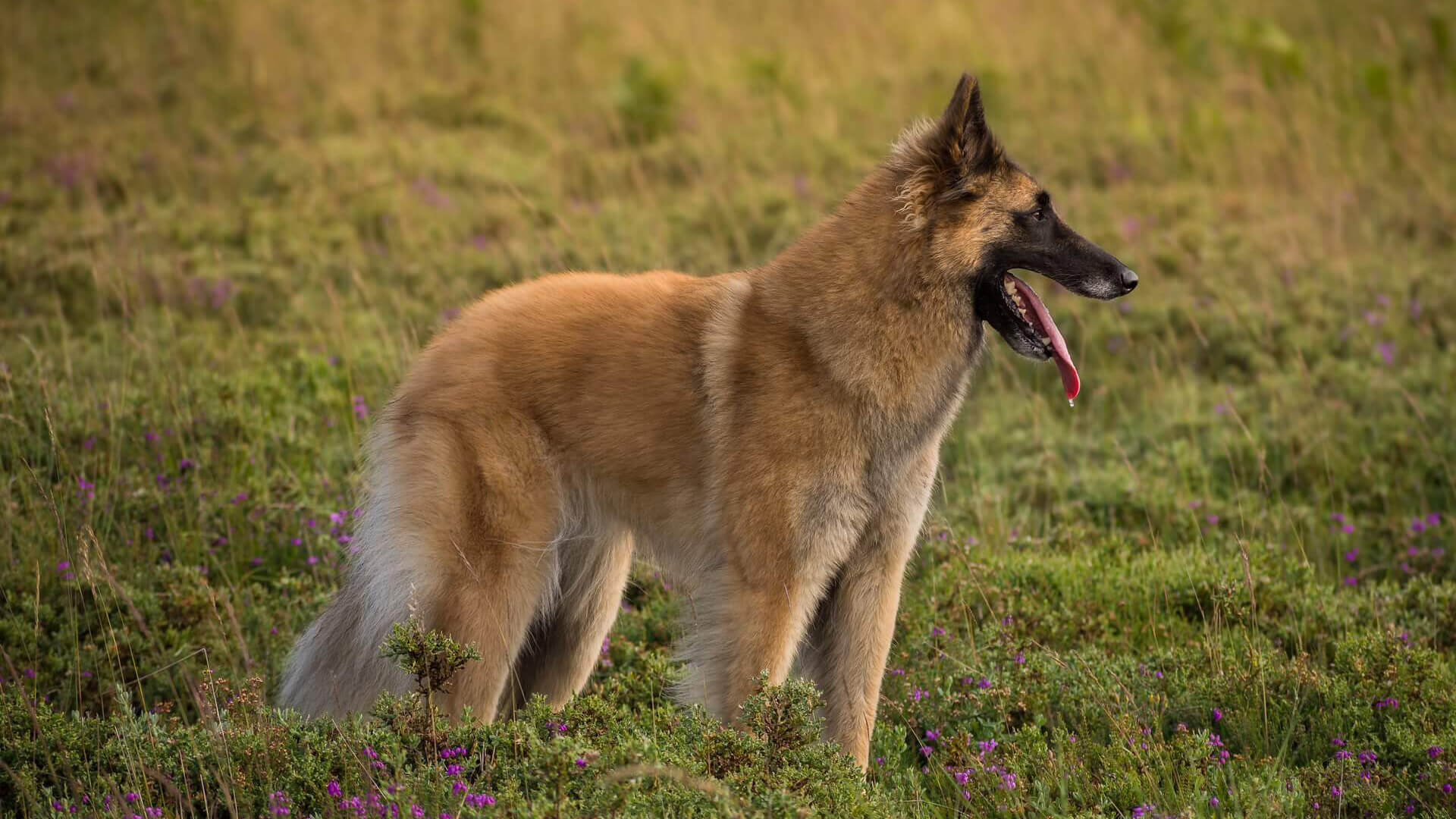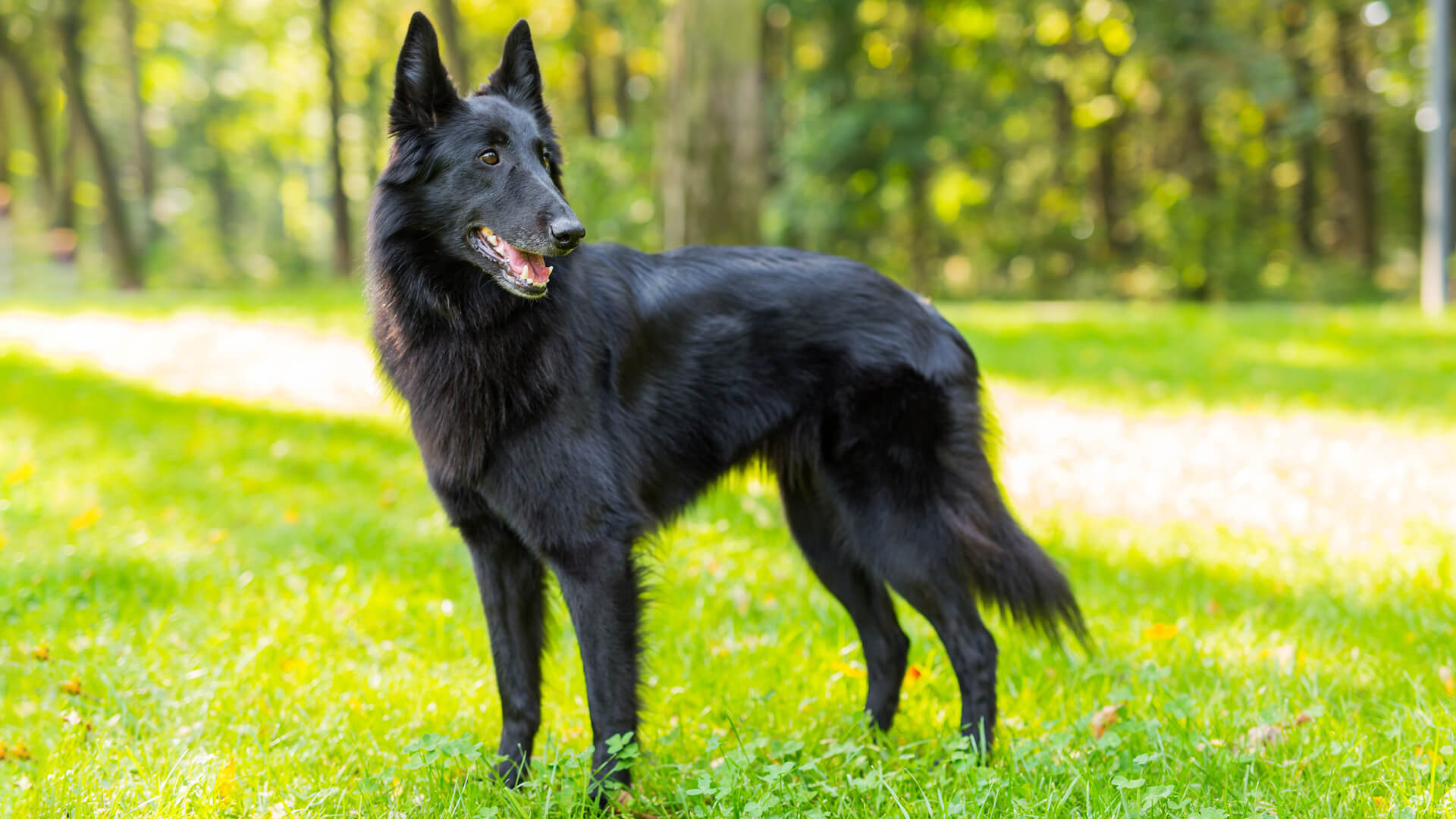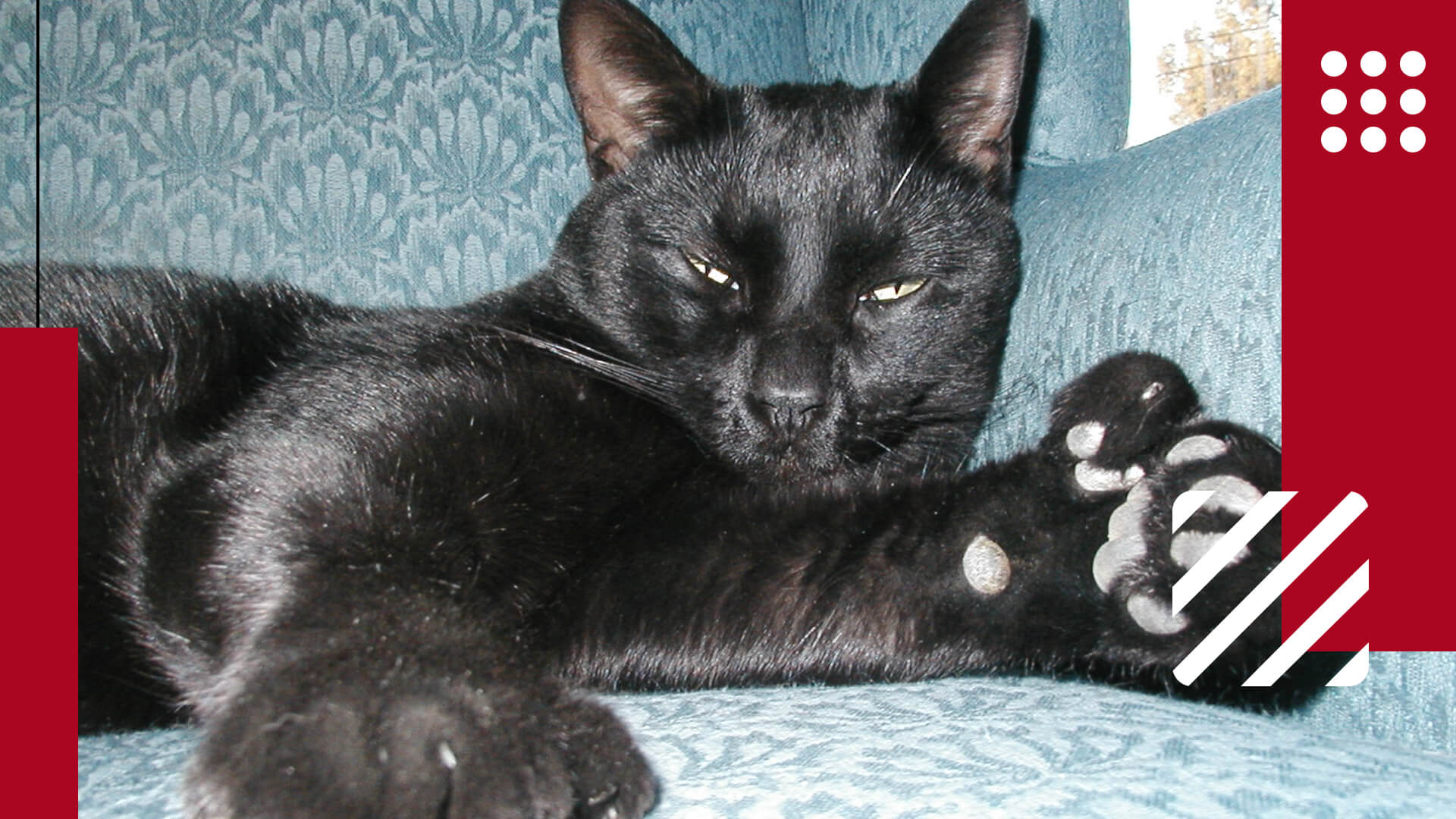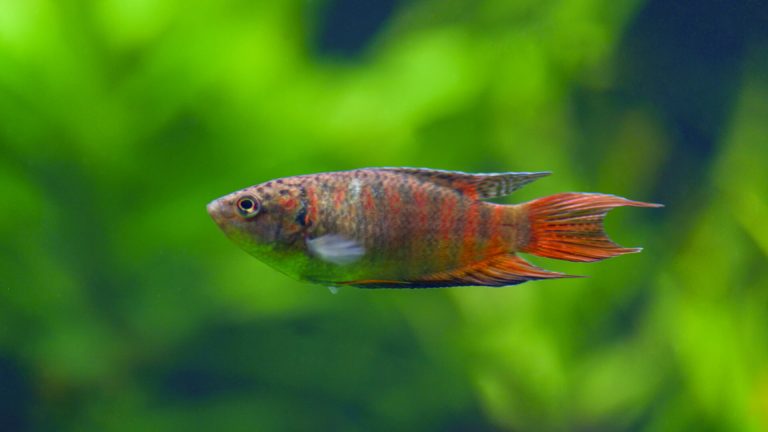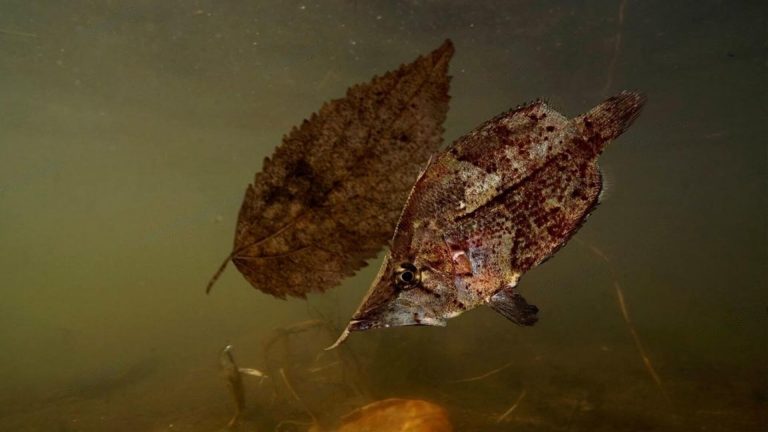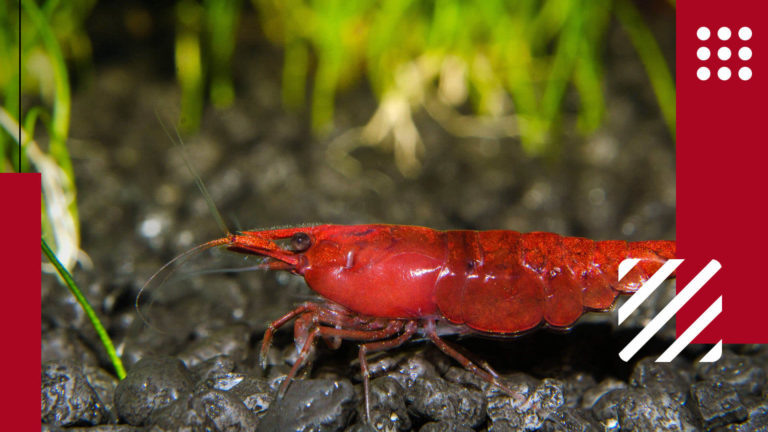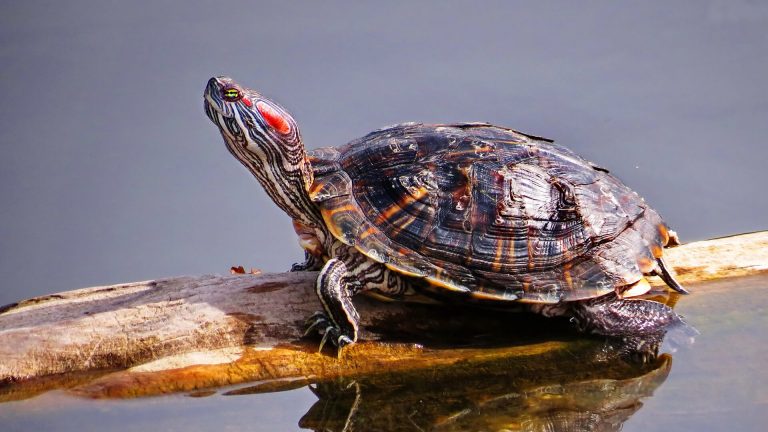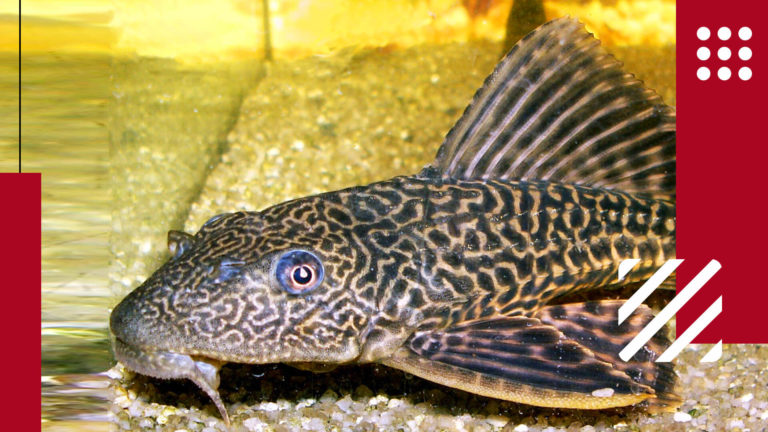Axolotls, also known as Mexican salamanders, are unique and fascinating creatures that have captured the hearts of pet enthusiasts around the world. With their striking appearance, including their feathery external gills and vibrant colors, axolotls make for a captivating addition to any aquatic habitat. Not only are they visually stunning, but they also have the ability to regenerate their limbs, making them a topic of interest in scientific research. In this article, we will delve into the world of axolotls, covering their diet, personality, appearance, health risks, and habitat requirements. Whether you're considering getting an axolotl as a pet or simply want to learn more about these amazing amphibians, this guide is a must-read.
Distinctive Features of Axolotl
| Scientific Name | Ambystoma mexicanum |
| Lifespan | 10-15 years |
| Color | Various shades of brown, grey, and black |
| Size | 9-12 inches |
| Health Risk | Low |
| Tank Size | Minimum 20 gallons per axolotl |
| Water pH | 6.5-7.5 |
| Filter Requirement | High |
| Tankmates | Only with non-aggressive species that won't nip their gills, such as small fish or snails |
| Unique Trait | Can regenerate lost body parts |
| Famous For | Its ability to regenerate limbs |
| Temperament | Peaceful and curious |
| Maintenance | High |
| Adaptability | Low |
| Behavior | Good with supervised children |
| Personality | Active and playful |
| Social | Can be kept singly or in groups |
Axolotl exists in different colors like black, albino, golden, grey, white, and some other hues. The wild type is brown with yellow spots. As they live in water, Axolotl pets should have enough tank space at an appropriate temperature for them to thrive. With all this facility they make easy pets.
Axolotls grow to be between 9-12 inches long. Axolotl pet is not likely to grow bigger than this and weighs 120g-130g. However, homegrown females are likely to weigh 170g onwards and more during egg production. Axolotl pet lives for approximately 10-15 years. Sexual maturity happens when Axolotl is 8 inches in size. This happens in a year with optimum surroundings.
In adolescence, they appear with frilly gills protruding out from both sides of the neck. The fully functional lungs help them gulp air when they come on the surface of water occasionally. Maturity is reached at one year of age. The extraordinary ability of Axolotl is its healing as well as regenerative abilities. In case of injury or amputation, the affected area regrows to normal dimensions. The bruises and cuts heal themselves.
These creatures are:
- Dainty
- Amphibians with delicate bodies
- Permeable skin
- Totally aquatic animal
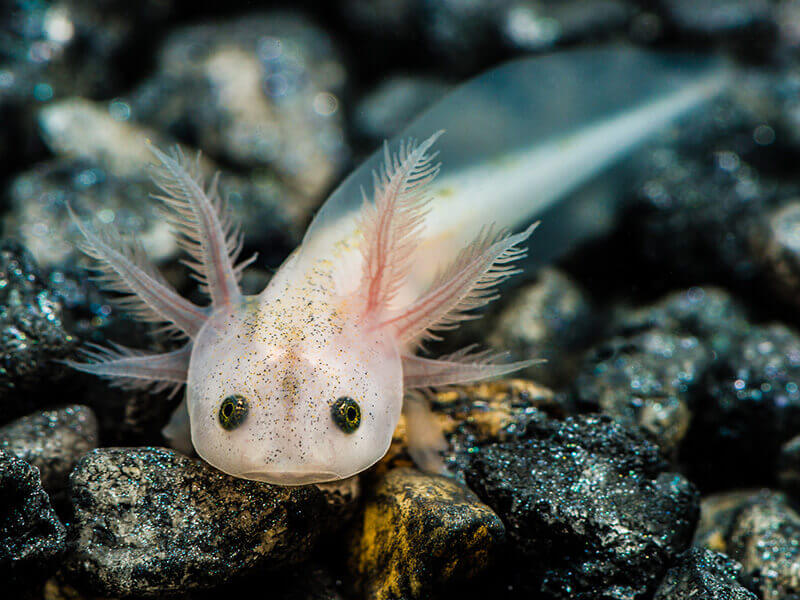
Are Axolotls Good Pets?
Axolotls are wonderful cute pets. Seeing axolotl pet movement in the aquarium is of great therapeutic value. They are completely harmless as the teeth are not sharp. Owners can feed them with bare hands without harming themselves.
Young axolotls have the tendency to nip even bite the legs and gills of tank mates. Those pets that are bigger than 5 inches are better tankmates. Fish, it is advised not to be kept with axolotls because of their nipping habit. They tend to get stressed by varying water chemistry, light temperature toxicity, and different water movement strength. Owners must keep these factors in mind. The tank setup is technical and its price is higher than those of the other tank creatures.
How to Take Care of Pet Axolotl?
Axolotls are fascinating aquatic creatures and require specific care to keep them healthy and happy. Here are some tips on how to take care of a pet axolotl.
Setup Habitat For Pet Axolotl
The Axolotl pet will need 15-20 gallons of water in the fish tank. In a 10-gallon tank, three Axolotls can live peacefully. The tank need not be full till the brim. The tank should be installed in cool surroundings beyond sunlight.
Maintain the water temperature between 57-68-degree Fahrenheit. Water should never be 75-degree F or above it. If a filter is installed on the tank the speed of filtration should be gradual with no strong current. 20% of water replacement should be done daily or every alternate day. It is advisable not to fully change the water as water chemistry will alter to one the axolotl pet is not comfortable with. Distilled water in the tank is forbidden and make sure pH stays between 6.5-7.5. This is the neutral range of water.
Axolotl pet need brackish water; it is made up of fresh and saltwater. Water should be filtered by carbon and particulate filter, UV light arrangement, and treatment through dechlorinator. If this is not possible distill the water. Young Axolotl pet requires dim light. Older ones get used to bright light but still prefer dark spots created by rocks etc to hide.
Many pet Axolotl in the same tank will need their own territory. Both sex creatures live peacefully together. However, there may be sporadic nips, unintentional bites, breeding competition in the tank.
- Making tank more liveable: Place or install PVC pipes of right dimension, soft plants, big rocks, terracotta pots as these zones will be a haven for each creature. They get distressed in dark spots. The plants in the tank that grow in reduced lighting are: Java moss, Java fern, Anubias, etc
- Cleaning the tank: The filtered aquarium is easy to look after. Unfiltered water will require frequent change of water. Use tap water after removing chlorine or using chloramines for treatment. Commercial solutions are available for removal. You can from time to time clean the tank with bleach and rinse well with water. Place mesh filter over the aquarium and clasp it well to keep away Axolotl pet from jumping out. Axolotl creates more waste compared to fish. Change the filter often.
- What to Avoid: The creature needs no special lighting. They prefer to stay away from light, give them a place like a flowerpot close to the aquarium. It is good to have coarse gravel at the bottom of the tank. Naughty Axolotl pets may act as cannibalistic towards each other. So, they are better brought up separately.
Know What to Feed Pet Axolotl
Axolotl consumes a variety of eatables from fish, worms to insects. It should be a mouthful. An adult can survive without food for several days. Axolotl pet need not be handled unless very essential.
Axolotl pets are carnivores and live on earthworms, snails, bloodworms, liver, tiny pieces of beef, raw hamburger meat, shrimp, or brine, crustaceans, tiny fish, tiny amphibians, shrimp, tubifex worms, night-crawlers, frozen fish foods, commercial fish pellets like salmon or trout pellets. They can be fed on bloodworm cubes. A commercial diet is good for optimum health. Feed small meals all through the day. A huge meal in one go will lead to digestive problems. Keep to the timing of the feed and feed at the same spot every day.
Axolotl pets should be trained to take pellets at a target or at a particular spot in the tank. Keep away from feeder fish as they may cause parasite disease. Axolotl pet tends to get fish disease and parasites. Fatty foods should be rarely used. These creatures do not need vitamin and mineral supplements.
What are the Health Concerns of Axolotl Pets?
Prior to keeping an Axolotl pet find out about the easily accessible aquatic veterinarian. Axolotls are not available in every pet shop because of their requirement of temperature to survive. Private breeders or enthusiasts put these creatures on sale. Reptile shows or expos make these creatures available. Sale through the internet is also possible. Check on the license of private breeders for a quality creature. Some pet shops may have the provision of a special order.
When under certain situations Axolotl pet can undergo metamorphosis. This procedure is poorly understood. Changes in water characteristics or supplements of some thyroid hormones facilitate the process. Owners are advised not to induce metamorphosis. If done it will affect the longevity of life of the creature. Bowel obstruction is the most likely cause of death. Gravel and other items in the tank to be sized carefully.
The protective scaly coat is missing in the Axolotl. The skin is more likely to get abrasion and tears. The creature needs to safeguard its delicate external gills. The tank and the objects within should not have sharp edges. Naughty young Axolotls pets tend to collect air in the abdomen. As a result, they float upside-down. One cause could be a high protein diet as well. As they mature this tendency is reduced. The food portion size should be adjusted to a smaller portion. Burping of the creature to be avoided.
One more cause of the floating syndrome is tiny tears of the lungs. The air escapes from the body. Consult a vet and based on radiographs or X-rays the escape route of the air will be established and needful done.
These creatures are more likely to get different skin problems such as lesions or blisters because of poor water quality. Buy a water quality kit and keep a check on water characteristics regularly. Outer skin parasites disease is also possible. For this microscopic examination of the skin, it is done by the vet. Poor quality of water is responsible for this tendency. Skin blisters by the Ambystoma Tigrinum virus prove fatal. Once this diagnosis is made, the remaining Axolotl pet should be protected. The Axolotl with infection should be granted euthanasia. Habitat should be cleaned and disinfected with bleach or new habitat to be procured.
What People Are Reading:
Frequently Asked Questions About Pet Axolotl
Some of the commonly asked questions about pet axolotls are answered below:
Is it legal to own an axolotl Pet?
Before buying Axolotl discuss it with a representative from the state agency. To keep Axolotl pet is legal in most states of the USA leaving aside California, Maine, New Jersey as well as Virginia. As regards New Mexico, it is legal to possess one but illegal to import the creature from other states.
What's the price of axolotl pet?
A baby Axolotl is purchased at $20 and an adult at $35. The more expensive item is the tank and other accessories. This falls in the range of $85-$285.
Do axolotls require any special care?
Axolotls require a clean environment and regular water changes to maintain good water quality. They also have delicate skin and should not be handled too often. It's important to use a water conditioner when changing their water to remove any harmful chemicals.
Can axolotls regenerate their limbs?
Yes, axolotls have the ability to regenerate their limbs, spinal cord, heart, and other organs. This unique ability makes them a popular subject of research in the scientific community.
How long do axolotls live?
Axolotls have a relatively long lifespan compared to other amphibians, living up to 10-15 years in captivity.
Are axolotls endangered?
Axolotls are considered a critically endangered species in the wild due to habitat loss and pollution. Captive breeding programs are helping to preserve the species.

